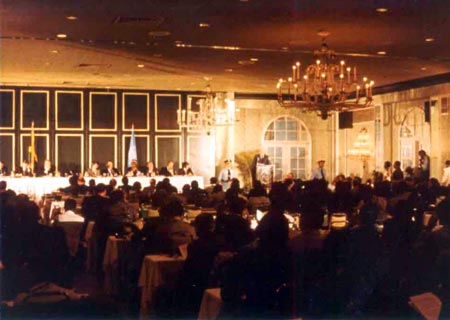1982 Unclos
The Convention strongly supports United States national interests. It protects the sovereignty of American ships and aircraft and more than doubles the resource jurisdiction of the United States. It affirms traditional United States leadership in oceans affairs. Indeed, the Convention is one of the greatest negotiatSince humanity first set forth upon the seas, the issue of sovereign control over the oceans has been an ongoing concern. Prior to the 20th century, the oceans had been subject to the freedom of the seas doctrine. This principle, adopted in the 17th century, limited national rights and jurisdiction over a narrow band of water along a nations coast, the rest of the sea being free to all and belonging to none. Nearly a century later, the "cannon-shot" rule became the basis for determining how much of the adjacent oceans were under the jurisdiction of a nation. The cannon-shot rule set forth that a nation controlled a territorial sea as far as a projectile could be fired from a cannon based on shore. In the 18th century this range was approximate three nautical miles. As time progressed, three miles became the widely accepted range for the territorial sea.ing successes in United States diplomatic history.
















No comments:
Post a Comment